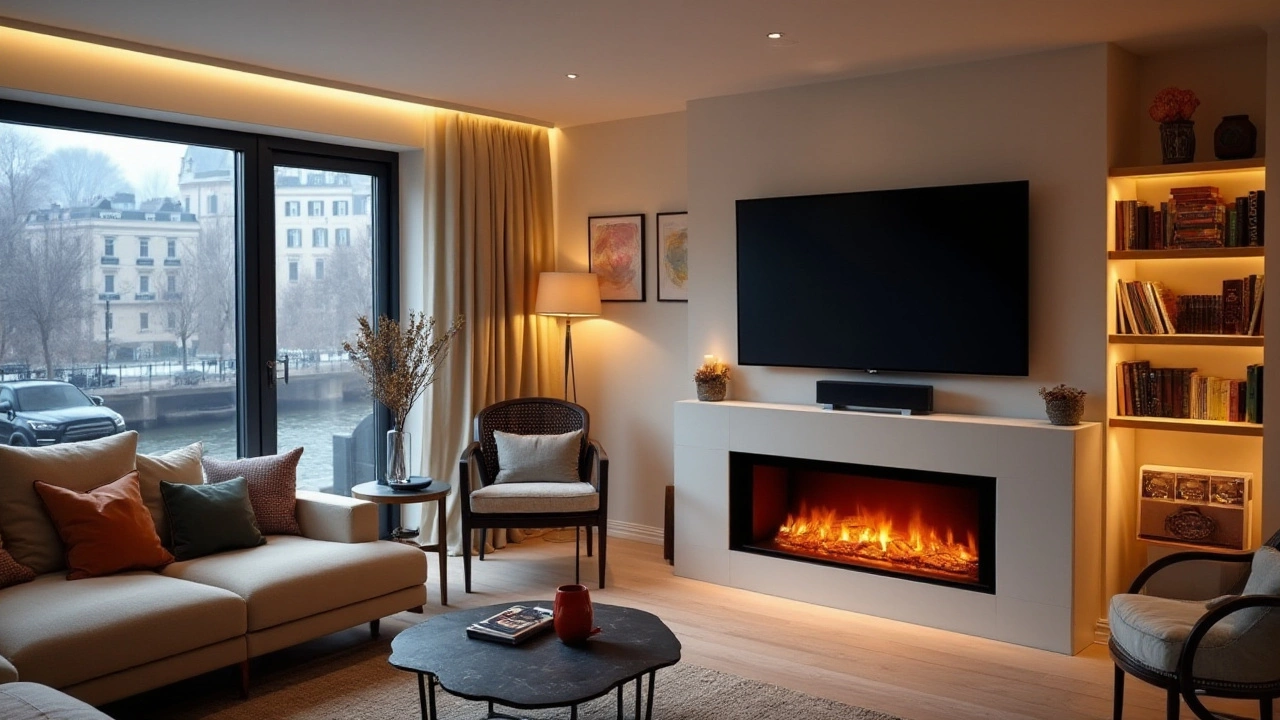Deciding whether to mount your TV on a wall or place it on a stand impacts both aesthetics and functionality in your home. This article explores the advantages and potential drawbacks of each option, offering practical advice to help you make the right decision for your living space. Learn about space management, safety, and style considerations for the optimal television setup.
TV wall mount: how to pick, place and install like a pro
Thinking about putting your TV on the wall? It’s not just about saving floor space – a well‑mounted screen can make a room feel bigger, cleaner and more modern. But if you get it wrong, you’ll end up with a wobbling picture or a strained neck from the wrong viewing angle. Below are the steps that keep the job simple, safe and looks great.
Choose the right mount for your TV and room
First, check your TV’s VESA pattern – those four holes on the back that tell you the bolt spacing. Most mounts list the VESA sizes they support, so match them up. Next, consider the weight. A 55‑inch LED might be 30 kg, while a large OLED can be heavier. Pick a mount rated above that weight; it’s better to be safe than sorry.
There are three basic types: fixed, tilting and full‑motion. Fixed mounts keep the screen flush against the wall – perfect if you’ll always sit straight on. Tilting mounts let you angle the screen down a few degrees, useful when the TV is higher than eye level. Full‑motion (articulating) arms let you pull the TV out and swivel it, great for open‑plan spaces where you watch from different spots. Decide which style matches your viewing habits before you buy.
Measure, find studs and plan cable routes
Measure the distance from the floor to where the middle of the screen should sit. The ideal eye‑level height is about 42‑45 inches from the floor, but adjust for sofas, recliners or standing viewers. Mark that spot on the wall and use a stud finder to locate the studs – these are the only places you should anchor the mount. If you can’t hit two studs, use a mounting plate that spans a wider area or consider a wall anchor rated for the load.
Plan how you’ll hide cables. Running them inside the wall gives a clean look but requires a drill and possibly a professional electrician for power. Surface‑mount raceways are cheaper and easy to install; they stick to the wall and can be painted to match. Whichever route you take, keep the HDMI and power cords long enough to reach the nearest outlet without pulling.
When you’re ready to drill, double‑check your marks. A small pilot hole lets you see the stud location and prevents the wood from splitting. Use the screws that come with the mount – they’re the right length and thread type. Tighten the bolts firmly, but don’t over‑tighten; you could crush the stud or strip the screw.
Finally, attach the TV mounting plate to the back of the screen, lift the TV onto the wall bracket (a second pair of hands helps), and lock it in place. Test the tilt and swivel if you have a moving mount, and make sure the TV feels solid. Once it’s secure, tidy up any visible cables and step back to enjoy your new setup.
Common mistakes to avoid: mounting too high, using drywall anchors for a heavy TV, and ignoring the VESA pattern. If you follow these steps, you’ll get a safe, sleek installation that makes movie nights and game days more comfortable.
